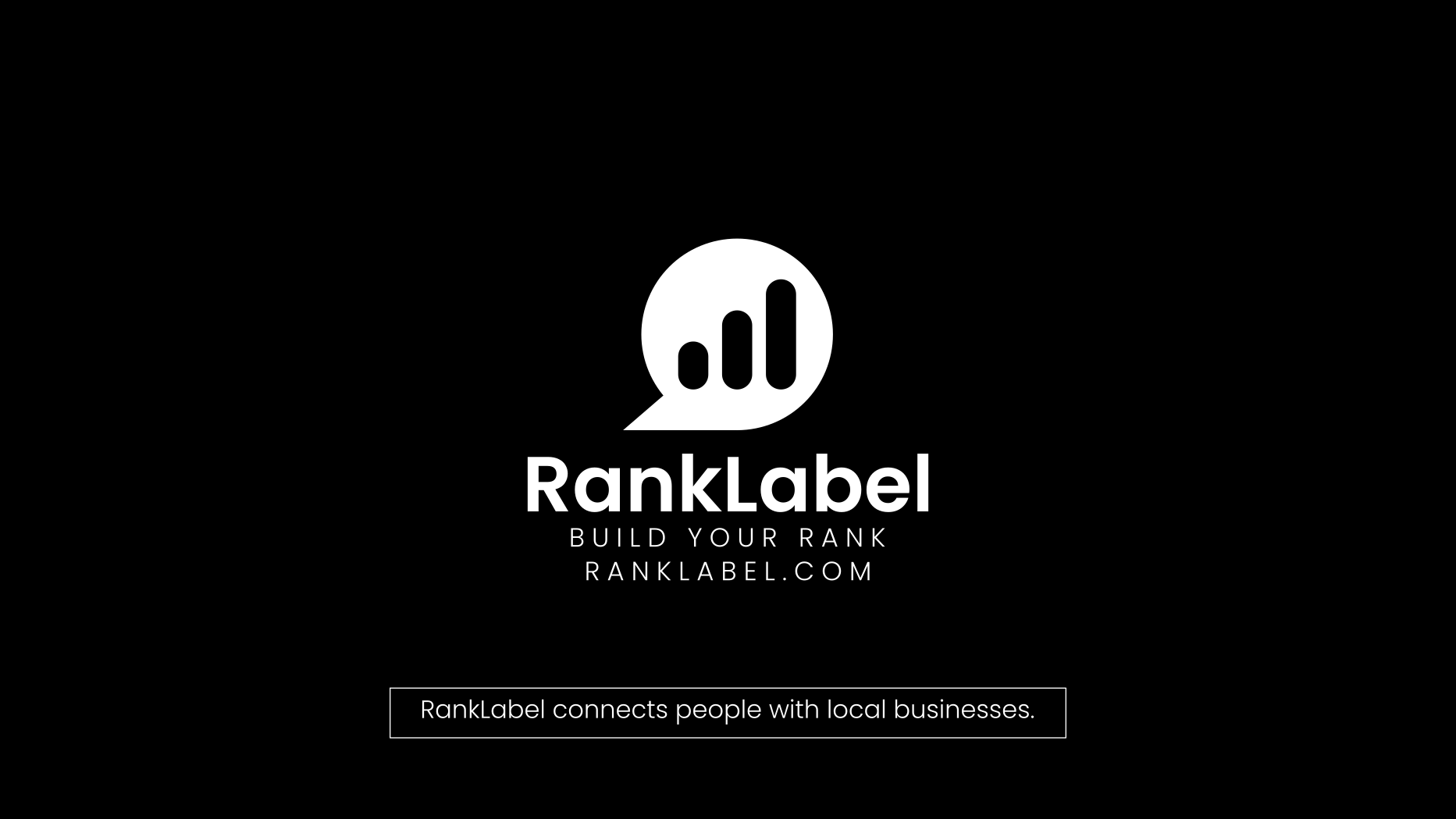Revolutionizing Design with Flexible 3D Printing: Prototypes to Production

The world of manufacturing and product design is witnessing a substantial transformation, thanks to the advancements in flexible 3D printing technology. This innovative approach not only enhances the versatility of 3D printed parts and prototypes but also streamlines the production process, allowing for more creativity and functionality in various industries. From automotive components to medical devices, flexible 3D printing is setting new standards in how we conceive and execute ideas into tangible solutions.
The Essence and Advancements of Flexible 3D Printing
Flexible 3D printing refers to a specific type of additive manufacturing that uses flexible, elastic materials to create models, prototypes, and parts. This technology empowers designers and engineers to produce items that can withstand stress and strain while maintaining their shape. Unlike traditional 3D printing, which often relies on rigid materials, flexible 3D printing opens up a realm of possibilities for applications requiring malleability and durability.
Recent advancements in this field have led to the development of new materials such as TPU (Thermoplastic Polyurethane), which offers impressive flexibility and strength. Moreover, the evolution of 3D printers to handle these materials effectively ensures that intricate designs with varying degrees of flexibility can be printed with precision and repeatability.
Benefits of Using Flexible 3D Printing
The integration of flexible materials into 3D printing brings several benefits that go beyond the capabilities of conventional manufacturing techniques:
- Customization: Each part can be customized to specific requirements without the need for new molds or tools, reducing time and cost significantly.
- Reduced Time to Market: Rapid prototyping with flexible 3D printing accelerates the design process, allowing for quick iterations and immediate testing.
- Cost-Effectiveness: It minimizes waste by using only the required amount of material, and reduces labor costs associated with traditional manufacturing processes.
- Performance: Flexible 3D printed parts often demonstrate superior shock absorption, fatigue resistance, and durability, ideal for both prototypes and functional products.
These advantages make flexible 3D printing a preferred choice among industries where tailor-made solutions and performance are critical.
Creating Prototypes with Flexible 3D Printing
The role of 3D printed prototypes in product development cannot be overstated. Prototyping serves as a bridge between conceptual design and full-scale production, providing a tangible model that can be tested and refined. Flexible 3D printing elevates this process by facilitating more versatile, real-world application testing. For instance, a prototype for a wearable device such as a knee brace can be made using flexible materials to better simulate the final product’s functionality.
Steps involved in creating a prototype with flexible 3D printing typically include:
- Design Conceptualization: Using CAD software, the initial design is created with consideration to the flexibility required in the final product.
- Material Selection: Choosing the appropriate flexible material that meets the durability, flexibility, and strength specifications of the prototype.
- Printing and Testing: The prototype is printed and subjected to various tests to assess its performance and make necessary adjustments.
This iterative process ensures that the prototype aligns perfectly with the intended design specifications, reducing the overall development time and increasing functionality.
Real-World Applications of Flexible 3D Printed Parts
Flexible 3D printing has found a niche in various sectors due to its unique properties. Some notable applications include:
- Automotive: Production of flexible car parts such as seals, gaskets, and hoses, which must endure harsh conditions and vibrations.
- Healthcare: Creation of customized prosthetics and orthotics, offering comfort and flexibility that are critical for user satisfaction.
- Consumer Products: Manufacturing of ergonomic and durable goods such as footwear, sports equipment, and mobile phone cases.
- Robotics: Building parts that require a degree of elasticity to mimic the movement and flexibility of real limbs.
Each of these applications demonstrates the practical efficacy and potential of flexible 3D printing in contributing to innovative and efficient product solutions.
Challenges and Future Prospects
Despite its many benefits, flexible 3D printing faces certain challenges. The primary concern is the limitation in the variety of flexible materials available, which sometimes hinders more extensive adoption. Additionally, achieving the right balance between flexibility and structural integrity requires precise control over the printing process, posing a learning curve for new adopters.
Looking ahead, the future of flexible 3D printing is incredibly promising. With ongoing research into new materials and enhancements in printer technology, we can anticipate broader applications and even greater customization. Industries ranging from bioengineering to fashion are poised to benefit as flexible 3D printing continues to evolve and expand its boundaries.
In conclusion, the integration of flexibility into 3D printing is not just an innovation but a revolution in manufacturing and design. As this technology advances, it will undoubtedly unlock new possibilities in creating more functional, efficient, and personalized products that meet the exact needs of tomorrow’s challenges.










